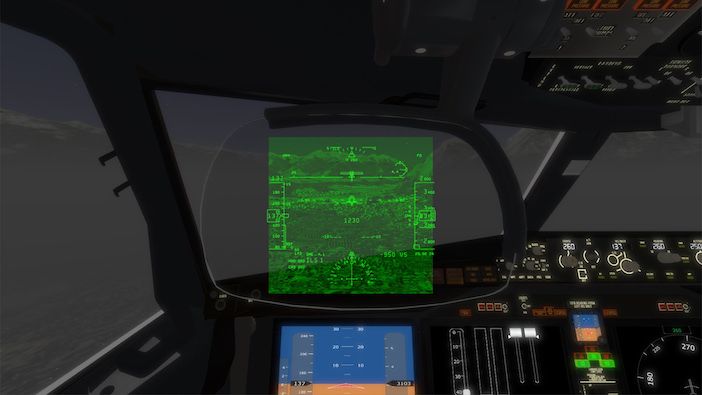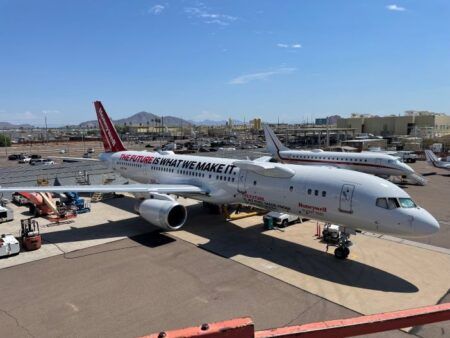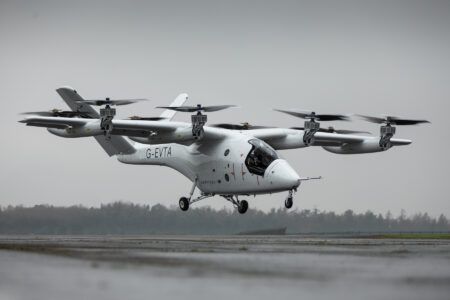Collins Aerospace is providing the Federal Aviation Administration with a virtual reality system that will be used to investigate how pilots perform when flying with a head-up display.
The head-up display virtual reality (HUD VR) trainer will be used to research areas such as the pilot-HUD interface, pilot performance and crew workload.
The HUD VR trainer provides an out-of-the-window view of what a pilot would actually see when flying with a HUD that uses Collins Aerospace’s Head-up Guidance System (HGS) and Enhanced Vision System (EVS).
The VR device enables FAA researchers to conduct research in the domain of advanced vision systems on HUDs with flexibility, efficiency and effectiveness.
“The HUD VR system provides increased access to training, helping pilots get as much time as they need using a HUD on approaches and landing in difficult conditions,” said Nick Gibbs, vice president and general manager of simulation and training solutions for Collins Aerospace. “Our trainer can significantly reduce the length of time it takes for a pilot to become familiar with this technology, making them more productive once they enter the full-flight simulator or live flight.”
Collins Aerospace provides HGS and EVS technologies to business, commercial and military aircraft operators to improve levels of safety and confidence when flying at night, low visibility or adverse weather conditions.
HGS and EVS can also help improve military mission success with aircraft such as the C-130J, helping aircrews more accurately see drop zones, runways or other targets regardless of the conditions.





